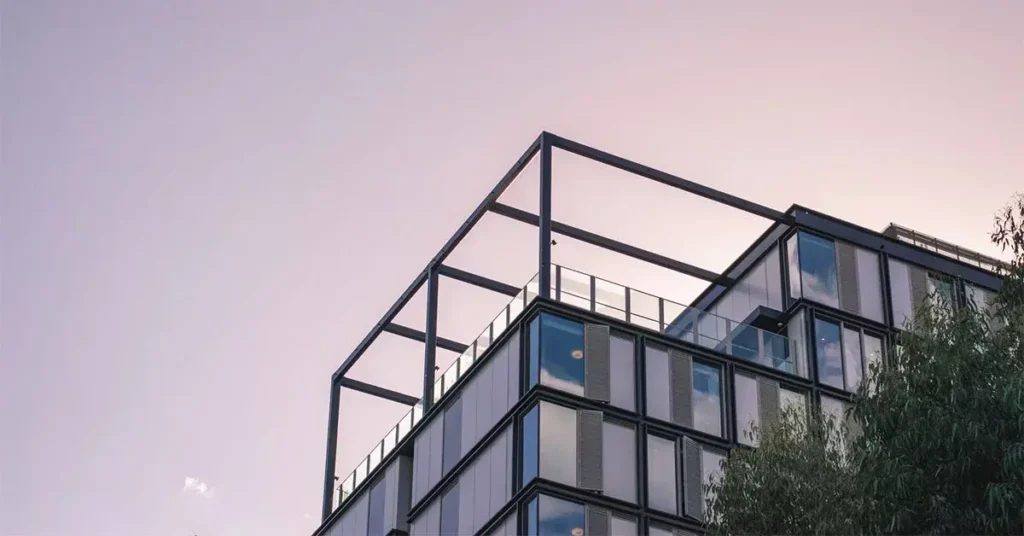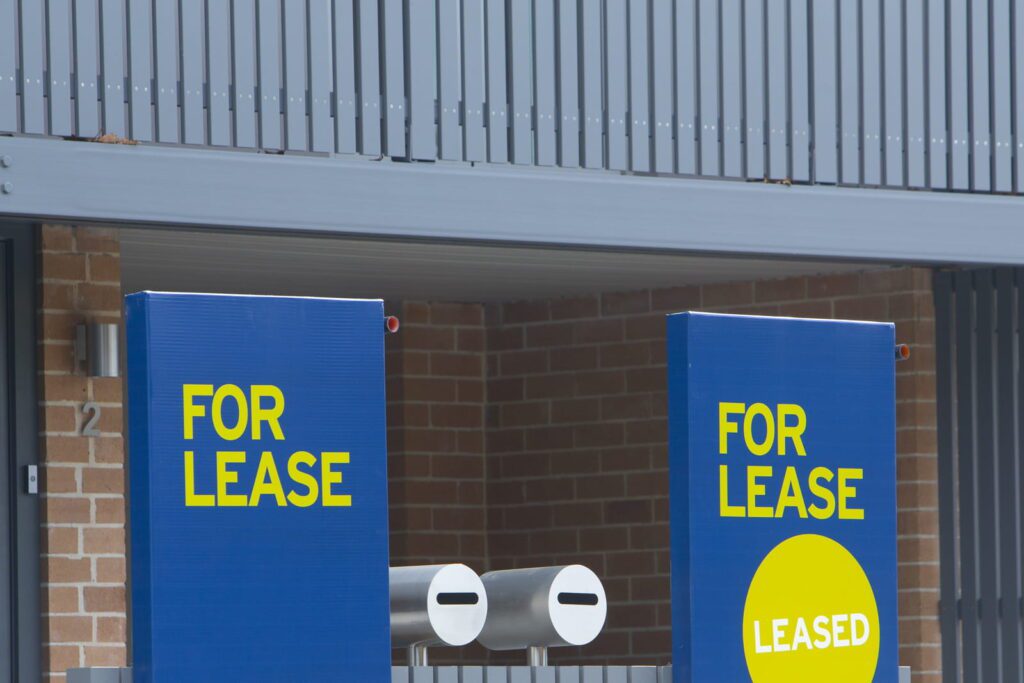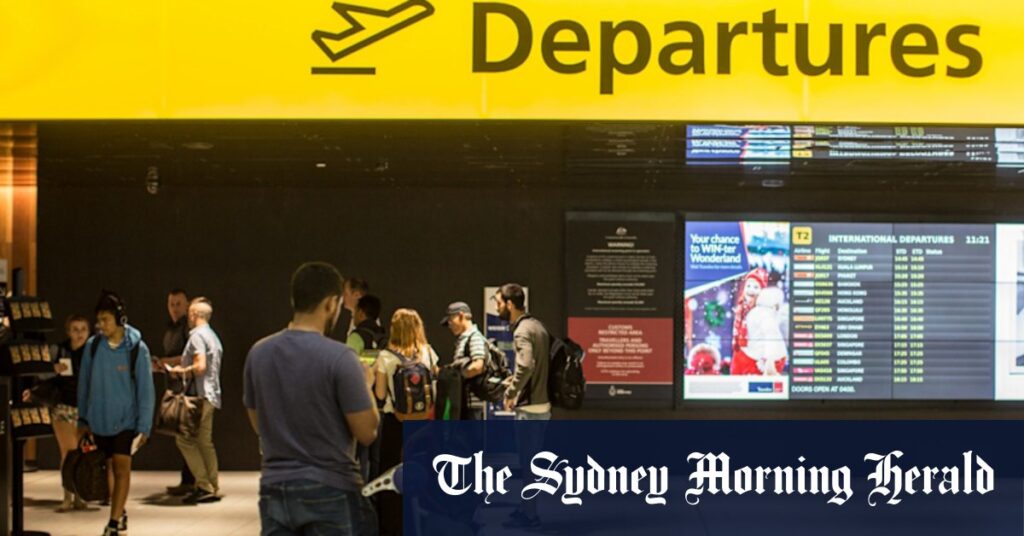Australia’s Housing Crisis: Demand Exceeds Supply

Understanding the Housing Situation in Australia
Australia is currently facing a significant housing crisis. The demand for housing exceeds supply, leading to low rental vacancy rates, rising homelessness, and escalating rents and property prices. This issue isn’t going away anytime soon, making it essential to grasp the current landscape, especially if you’re considering a move to Australia for work or to seek permanent residency.
Population Growth and Demand
One of the main drivers of this housing demand is the rapid population growth. In 2023, Australia saw record high numbers of overseas arrivals, including skilled migrants and international students. Over the next five years, forecasts indicate an increase of around 2.18 million people. This influx is compounding the pressure on the already strained housing market, as the rate of housing construction struggles to keep up.
Challenges in Increasing Housing Supply
Despite the growing need for housing, Australia faces significant hurdles in boosting supply. The construction industry is currently grappling with a shortage of skilled workers. This workforce gap is partly due to a reduced influx of migrants during the pandemic and increasing competition from large infrastructure projects. Additionally, supply chain disruptions and inflation have driven up the costs and availability of construction materials, making large-scale developments riskier for developers.
As interest rates have risen, borrowing costs for developers have also increased. This situation has rendered many projects financially unviable, causing delays and cancellations in new housing developments. Over the past year and a half, these higher interest rates have led to a noticeable rise in project insolvencies.
The Role of the Private Sector
The private sector is expected to deliver most of the new housing needed to meet government targets. The aim is to build 1.2 million new homes over the next five years, with 97% of those coming from private development. However, systemic issues in the housing market are suppressing supply and driving prices higher. Recent estimates suggest that the expected supply gap could grow to nearly 200,000 units by 2027.
What This Means for Job Seekers
If you’re looking to move to Australia for work, this housing situation is essential to consider. Many visas, such as the 482 visa (Temporary Skill Shortage visa) and the 189 visa (Skilled Independent visa), allow skilled migrants to live and work across the country. However, securing stable housing may be challenging in high-demand areas.
To ease your transition, explore potential job opportunities in cities with emerging housing developments. Areas with robust infrastructure investment may offer more affordable housing options and a stronger job market. Also, remember to look into various visa pathways, including the 190 visa (Skilled Nominated visa) and 491 visa (Skilled Work Regional (Provisional) visa), which can lead to permanent residency (PR) in Australia.
Understanding the housing environment will not only help you in your job search but also ensure a smoother transition as you settle into your new life in Australia.
Have your say!
Got a question, opinion, or experience to share about working in Australia? Leave a comment below and join the conversation.
Thinking about moving to Australia? Have questions or need help?
Join our free and supportive community here at Oz Visa Forum.
Post in our forums to get advice and support from people who’ve already made the move Down Under.
Not sure where to start? Click here to get started







Responses